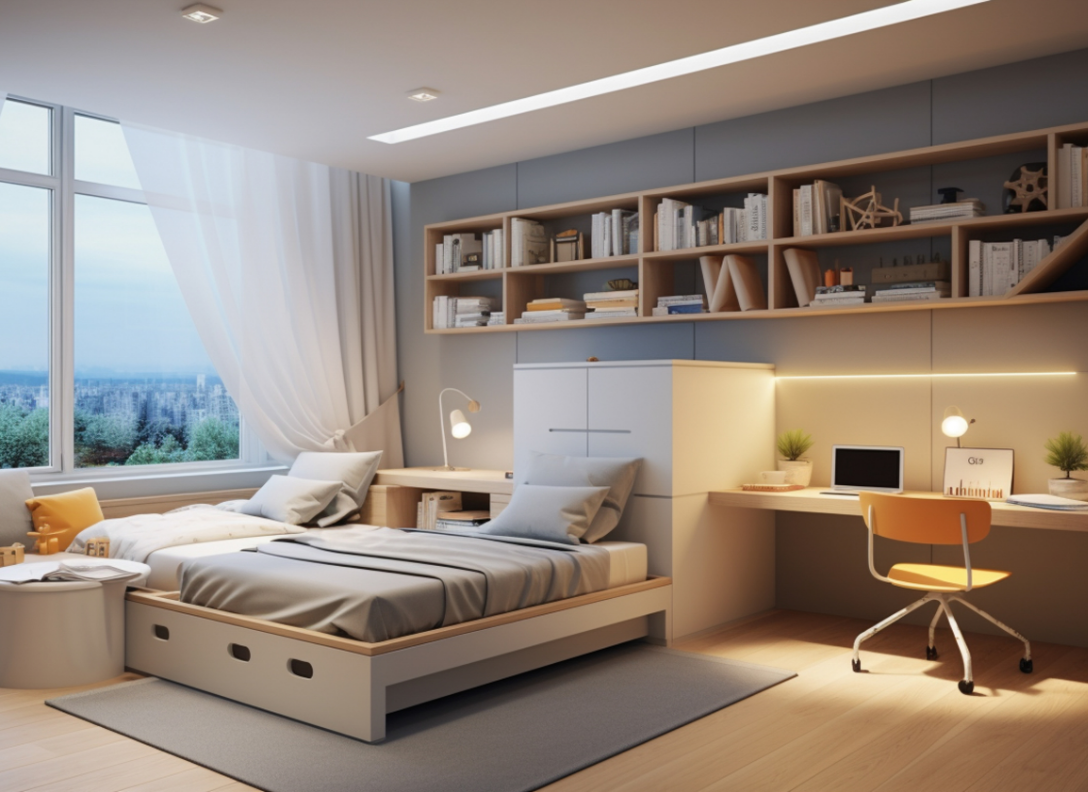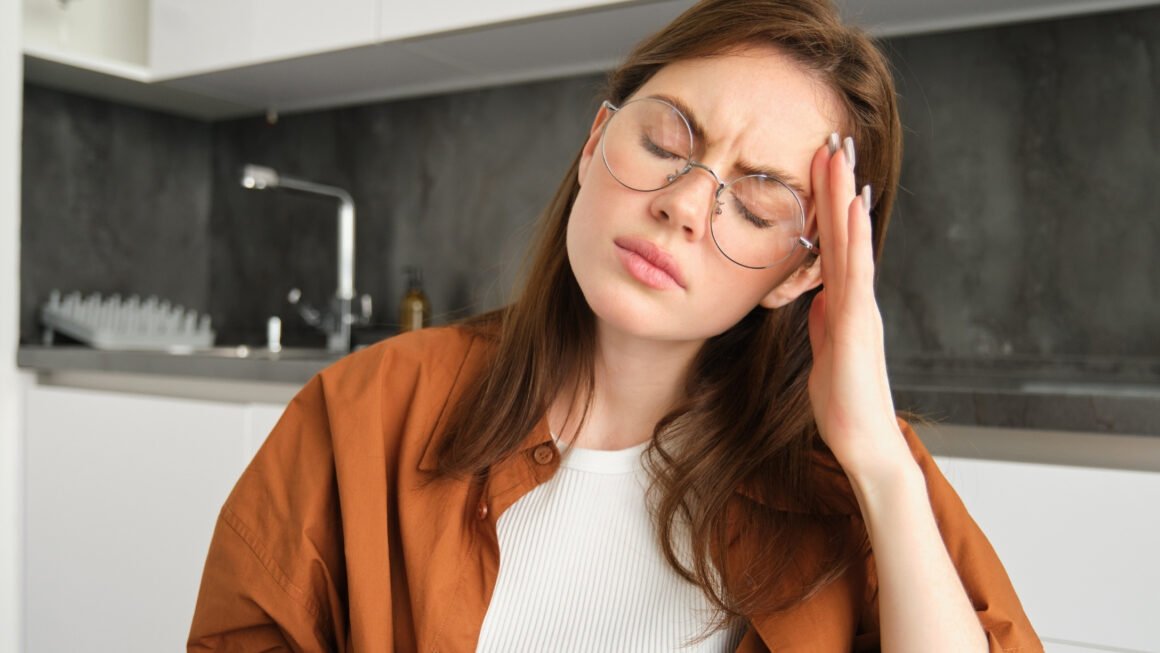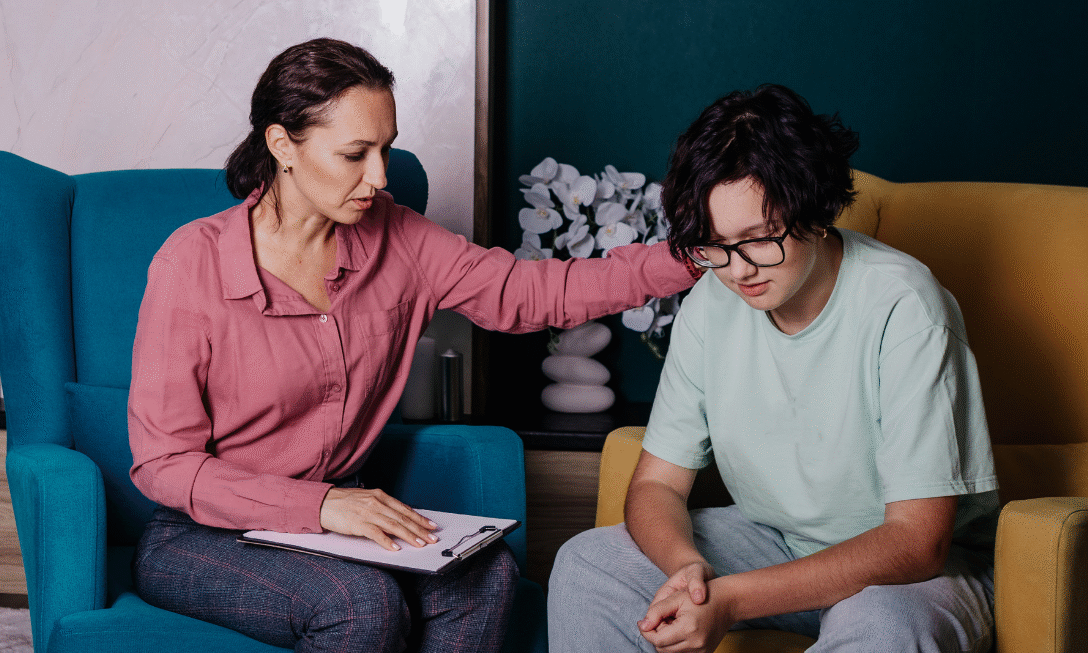Have you ever walked into a room and felt cramped even when there wasn’t much furniture? Small spaces can feel claustrophobic if not designed carefully. But here’s the truth: you don’t need to knock down walls or hire a contractor to make a room feel bigger. With the right design choices, any space can appear larger, brighter, and more open instantly.
This isn’t about spending thousands of dollars on renovations. It’s about using visual tricks, furniture placement, lighting, and clever storage solutions to maximize the perception of space. Designers have long used these hacks in apartments, condos, and even tiny homes to create airy, spacious interiors where every inch works harder.
In this guide, you’ll learn simple, practical home hacks that make any room look bigger—whether you live in a studio apartment or just want your bedroom, kitchen, or living room to feel less crowded. We’ll also cover common mistakes that make rooms feel smaller, budget-friendly upgrades anyone can do, and frequently asked questions like: Does painting a room white always make it feel larger?
By the end, you’ll know how to transform your space using tricks that cost little to nothing while making your home feel brighter, cleaner, and more comfortable.
The Psychology of Space: Why Rooms Feel Small
- Clutter overloads the eye, making rooms feel cramped.
- Poor lighting creates dark corners that “shrink” a room visually.
- Oversized furniture dominates space and blocks sight lines.
- Low ceilings exaggerate the feeling of confinement.
- Dark colors absorb light and make walls feel closer.
By reversing these effects, you can trick the brain into perceiving a bigger room.
Hack #1: Use Light Colors to Expand Space
- Pale shades like white, cream, soft gray, or light pastels reflect light.
- Dark walls absorb light and bring walls inward.
- Monochromatic schemes (using one color in varying shades) avoid sharp contrasts that “chop up” space.
- Glossy or satin finishes reflect more light than matte paints.
Bonus Tip: Paint ceilings lighter than walls to create the illusion of height.
Hack #2: Maximize Natural Light
- Remove heavy curtains and use sheer fabrics or blinds.
- Keep windows clean dirt blocks 20–30% of natural light.
- Place mirrors opposite windows to reflect light deeper into the room.
- Use glass doors or partitions instead of solid dividers.
Hack #3: Mirrors = Instant Expansion
- Large mirrors create the illusion of extended space.
- Place floor-to-ceiling mirrors to “double” a room visually.
- Mirrored furniture adds shine and openness.
- Hallways with mirrors feel longer and less claustrophobic.
Hack #4: Choose the Right Furniture Scale
- Avoid bulky couches—opt for slim arms, exposed legs, and modular seating.
- Multi-purpose furniture: ottomans with storage, fold-out desks, nesting tables.
- Glass or acrylic furniture keeps sight lines open.
- Low-profile sofas and beds create the illusion of taller ceilings.
Hack #5: Declutter & Use Smart Storage
- Clutter is the #1 reason small spaces feel tiny.
- Use vertical space: wall-mounted shelves, hooks, floating cabinets.
- Furniture with hidden storage (beds, benches, coffee tables).
- Regularly purge unused items fewer objects = more breathing space.
Hack #6: Flooring Tricks
- Continuous flooring (same material throughout) makes spaces flow.
- Light-colored wood or tiles extend visual space.
- Large-format tiles reduce grout lines, making floors seamless.
- Rugs with vertical stripes can elongate rooms.
Hack #7: Vertical Space & Ceiling Illusions
- Hang curtains from ceiling to floor even if windows are smaller.
- Vertical stripes on walls draw the eye upward.
- Install tall bookshelves or artwork stacked vertically.
- Keep ceiling paint lighter than walls.
Hack #8: Smart Lighting Layers
- Use a mix of ambient, task, and accent lighting.
- Avoid single overhead bulbs use multiple light sources.
- Uplights (lamps facing the ceiling) create vertical height.
- LED strip lights under cabinets expand depth perception.
Hack #9: Keep Sight Lines Clear
- Avoid blocking windows with tall furniture.
- Use open shelving instead of bulky cupboards.
- Choose transparent or glass coffee tables.
- Arrange furniture diagonally to trick the eye into seeing more depth.
Hack #10: Add Plants for Freshness & Dimension
- Tall plants draw the eye upward.
- Hanging planters free up floor space.
- Grouping small plants reduces visual clutter.
- Greenery creates “breathing room” and a sense of openness.
Common Mistakes That Make Rooms Look Smaller
- Dark, heavy curtains.
- Too much furniture in one space.
- Rugs that are too small for the room.
- Blocking natural pathways.
- Using too many contrasting colors.
FAQs
Q1: Does painting every room white really make them bigger?
White reflects light and does open up spaces, but all-white rooms can feel sterile. Instead, combine whites with soft neutrals (beige, light gray) for warmth. You can also use accent walls in muted tones—this adds character without shrinking the room.
Q2: Can small rooms handle dark colors at all?
Yes, but carefully. A single dark accent wall can add depth if the rest of the room is light. Dark ceilings, however, make rooms feel lower. The trick is balance—pair dark shades with mirrors, metallic accents, and strong lighting.
Q3: What’s the cheapest hack to make a small room look bigger?
Decluttering and mirrors. Removing unnecessary items instantly opens up a room at no cost. Adding one large mirror ($50–$100) can double the perceived size overnight.
Q4: Are big pieces of furniture always bad for small rooms?
Not necessarily. A single large sofa often looks better than three small chairs because it reduces visual clutter. The key is choosing slim, low-profile designs and avoiding bulky, overstuffed furniture.
Q5: Do open shelves make rooms feel bigger or messier?
It depends on how they’re styled. Open shelves filled with clutter will shrink a space, but neatly styled shelves with consistent baskets, jars, or books can create order and openness.
Q6: How important is lighting in small spaces?
Extremely important. Poor lighting makes corners disappear, shrinking the room visually. Layering multiple light sources—lamps, sconces, LED strips—fills every corner with brightness, expanding the feel.
Q7: What’s the best hack for studio apartments?
Use zoning with rugs and furniture to define areas without walls. Glass partitions or open shelving divide spaces while keeping sight lines open. Always prioritize multipurpose furniture—like a sofa bed or dining table that doubles as a desk.
Making small rooms look bigger doesn’t require renovations—it’s about smart design choices that play with light, color, and perception. The most powerful hacks are also the simplest: declutter, use mirrors, choose the right furniture scale, and maximize light. These tricks don’t just create more visual space; they make homes feel more peaceful, organized, and functional.
Remember, your eyes read cues: open sight lines, brighter corners, lighter colors, and vertical elements all tell your brain “this space is larger than it is.” That’s why interior designers rely on these strategies in urban apartments, tiny homes, and condos worldwide.
The key is consistency. Don’t just paint walls light while leaving heavy curtains and oversized furniture in place. Combine hacks: light walls, sheer curtains, strategic mirrors, smart furniture, and layered lighting. Together, these changes transform how a room feels.
Action step: Pick one small room in your home and implement 3 hacks from this guide today. For example: remove clutter, add a mirror, and switch to sheer curtains. The impact will be immediate and once you see it, you’ll want to apply these tricks throughout your home.
Your space is larger than it seems. With a few simple adjustments, you can unlock its full potential and enjoy a home that feels open, bright, and welcoming.




